Filter by
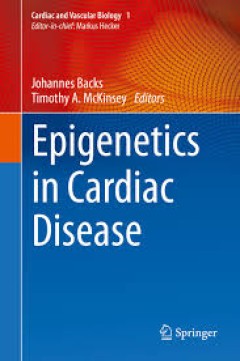
Epigenetics in Cardiac Disease
This book describes important advances in our understanding of how environmental conditions affect cardiac gene expression through epigenetic mechanisms. Further, it discusses the roles of chromatin modifications (in particular DNA methylation and histone modifications) and of chromatin regulators in the context of cardiac diseases. The book provides readers with an overview of our current unde…
- Edition
- -
- ISBN/ISSN
- 978-3-319-41457-7
- Collation
- 10 b/w illustrations, 24 illustrations in colour
- Series Title
- -
- Call Number
- -

Subalternity vs. Hegemony, Cuba's Outstanding Achievements in Science and Bio…
The present book introduces an original (new) perspective on Cuba. This book revisits Cuba's choice, after the 1959 revolution, to develop an advanced healthcare and scientific system. It also introduces new aspects of the problem development/underdevelopment. From the start, every effort of the Cuban leadership and scientific community was driven by the primary purpose of meeting the country�…
- Edition
- -
- ISBN/ISSN
- 978-3-319-40609-1
- Collation
- XII, 103
- Series Title
- SpringerBriefs in History of Science and Technology
- Call Number
- -
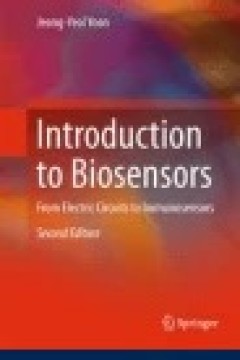
Introduction to Biosensors: From Electric Circuits to Immunosensors
This book equips students with a thorough understanding of various types of sensors and biosensors that can be used for chemical, biological, and biomedical applications, including but not limited to temperature sensors, strain sensor, light sensors, spectrophotometric sensors, pulse oximeter, optical fiber probes, fluorescence sensors, pH sensor, ion-selective electrodes, piezoelectric sensors…
- Edition
- -
- ISBN/ISSN
- 978-3-319-27413-3
- Collation
- -
- Series Title
- -
- Call Number
- -
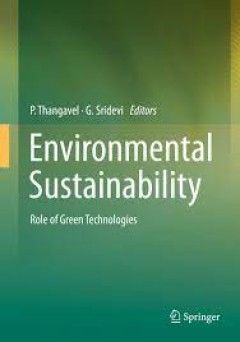
Environmental Sustainability Role of Green Technologies
Covers different categories of green technologies (e.g. biofuels, renewable energy sources, phytoremediation etc.,) in a nutshell -Focuses on next generation technologies which will help to attain the sustainable development -The chapters widely cover for students, faculties and researchers in the scientific arena of Environmentalists, Agriculturalists, Engineers and Policy Makers The World Env…
- Edition
- -
- ISBN/ISSN
- 978-81-322-2056-5
- Collation
- 26 b/w illustrations, 32 illustrations in colour
- Series Title
- -
- Call Number
- -
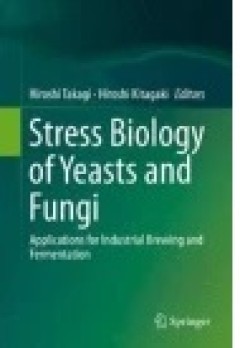
Stress Biology of Yeasts and Fungi
This book describes cutting-edge science and technology of the characterization, breeding, and development of yeasts and fungi used worldwide in fermentation industries such as alcohol beverage brewing, bread making, and bioethanol production. The book also covers numerous topics and important areas the previous literature has missed, ranging widely from molecular mechanisms to biotechnological…
- Edition
- -
- ISBN/ISSN
- 978-4-431-55248-2
- Collation
- -
- Series Title
- -
- Call Number
- -
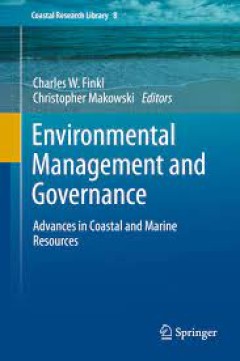
Environmental Management and Governance Advances in Coastal and Marine Resou…
This book deals with recent advances in coastal marine environmental management and governance. Various chapters consider new aspects of conservation, assessment of ecosystem health status, environmental survey and protection, frameworks of ocean service and governance, new applications of geo processing and GIS technology, beach management, aquaculture site selection, assessment of water quali…
- Edition
- -
- ISBN/ISSN
- 978-3-319-06305-8
- Collation
- 33 b/w illustrations, 120 illustrations in colour
- Series Title
- -
- Call Number
- -
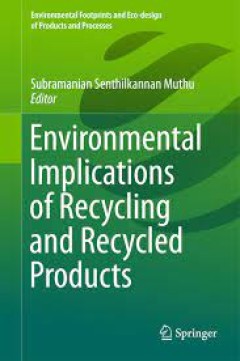
Environmental Implications of Recycling and Recycled Products
This book includes details on the environmental implications of recycling, modeling of recycling, processing of recycled materials, recycling potential of materials, characterisation of recycled materials, reverse logistics, case studies of recycling various materials etc.
- Edition
- -
- ISBN/ISSN
- 978-981-287-643-0
- Collation
- 48 b/w illustrations
- Series Title
- -
- Call Number
- -
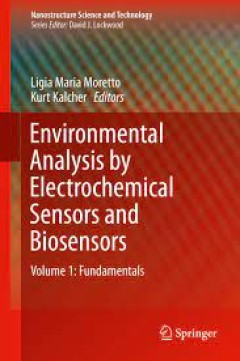
Environmental Analysis by Electrochemical Sensors and Biosensors Applications
This book discusses in detail the analysis and monitoring of the most important analytes in the environmental field. It also reviews the implementation, realization and application of sensor designs mentioned in the first volume of this set, dividing the coverage into global parameters, sensors of organics and sensors of inorganics.
- Edition
- -
- ISBN/ISSN
- 978-1-4939-1301-5
- Collation
- 65 b/w illustrations, 28 illustrations in colour
- Series Title
- -
- Call Number
- -
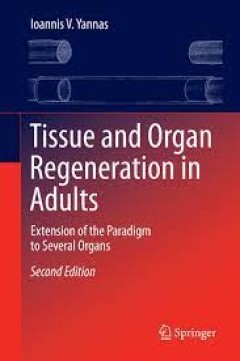
Tissue and Organ Regeneration in Adults
This textbook describes the basic principles of induced organ regeneration in skin and peripheral nerves and extends the original successful paradigm to other organs. A set of trans-organ rules is established and its use in regeneration of several organs is illustrated from the works of several independent investigators who worked with a variety of organs, such as the lung, the bladder, and the…
- Edition
- -
- ISBN/ISSN
- 978-1-4939-1865-2
- Collation
- 40 b/w illustrations, 21 illustrations in colour
- Series Title
- -
- Call Number
- -
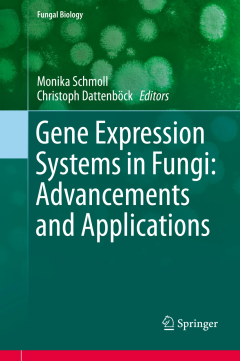
Gene Expression Systems in Fungi: Advancements and Applications
Biotechnology has emerged as one of the key environmentally safe technologies for the future which enables use of biomass to develop novel smart materials and to replace oil derived products. Fungi are the most efficient producers of the enzymes needed for this purpose and in addition they produce a plethora of secondary metabolites, among which novel antibiotics can be found. Industrial applic…
- Edition
- -
- ISBN/ISSN
- 978-3-319-27949-7
- Collation
- -
- Series Title
- -
- Call Number
- 615.4
 Computer Science, Information & General Works
Computer Science, Information & General Works  Philosophy & Psychology
Philosophy & Psychology  Religion
Religion  Social Sciences
Social Sciences  Language
Language  Pure Science
Pure Science  Applied Sciences
Applied Sciences  Art & Recreation
Art & Recreation  Literature
Literature  History & Geography
History & Geography